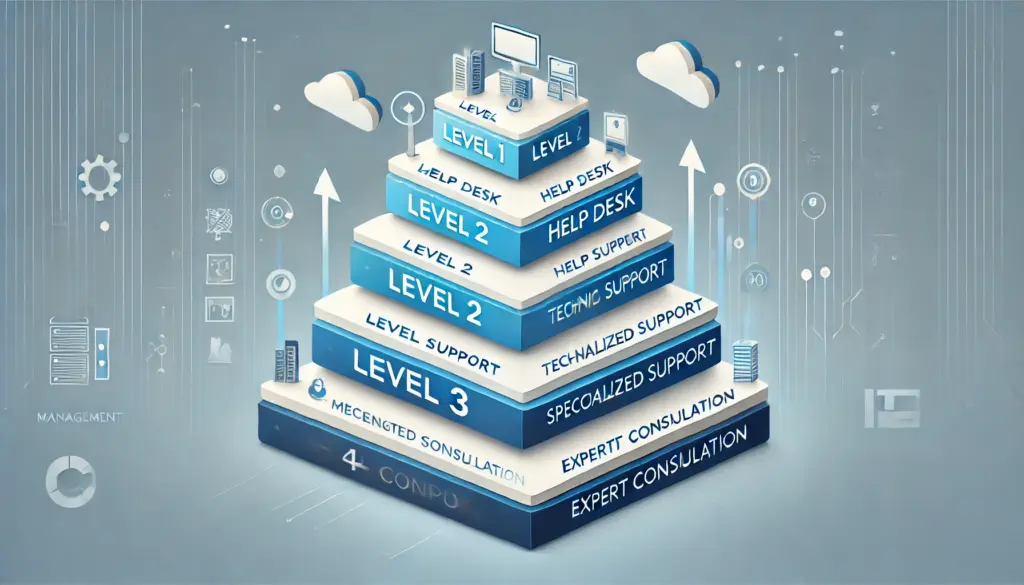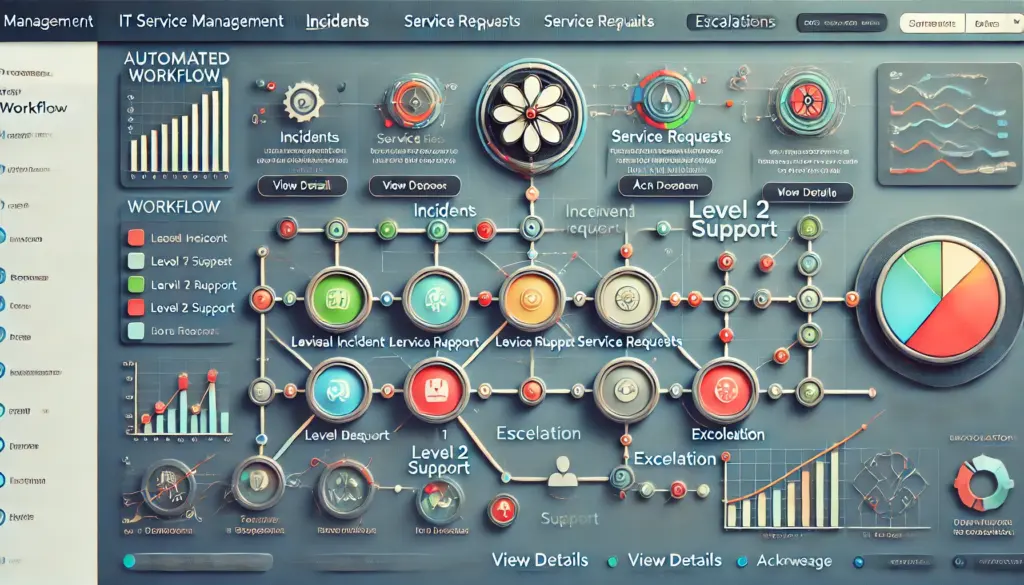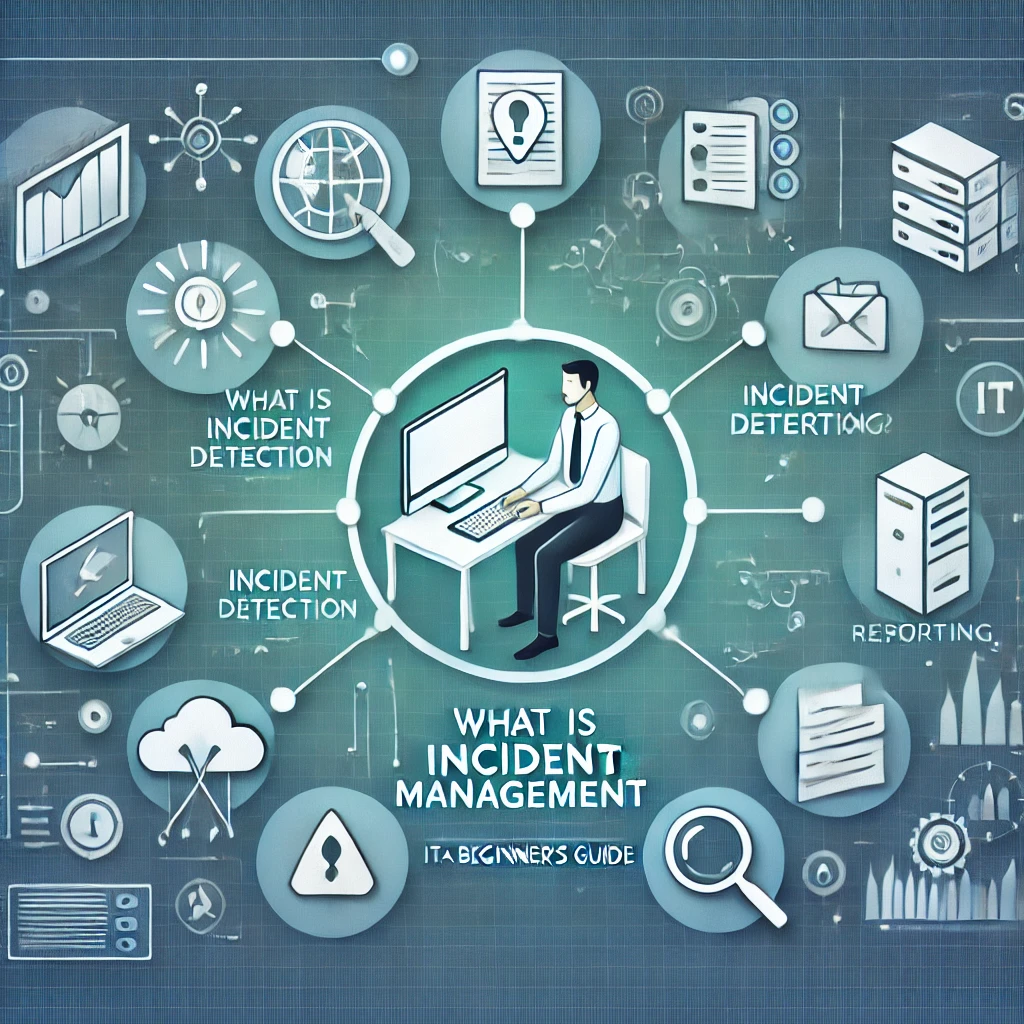Incident Escalation Process: Best Practices and Strategies
Introduction
A well-defined incident escalation process ensures that critical issues are addressed promptly and efficiently. Effective escalation minimizes downtime, enhances customer satisfaction, and optimizes IT service operations. In this blog, we will explore best practices for managing incident escalation effectively.
1. Define Clear Escalation Levels
Why It Matters:
Establishing structured escalation levels ensures that incidents are handled by the right personnel at the right time.

Best Practices:
- Define Tier 1, Tier 2, and Tier 3 support levels.
- Assign responsibilities and escalation thresholds for each level.
- Document SOPs for when and how to escalate incidents.
2. Set Up an Escalation Matrix
Why It Matters:
An escalation matrix ensures that incidents follow a structured path to resolution.
Best Practices:
- Create a decision tree for different incident types.
- Define time-based escalation rules.
- Assign specific contacts for each escalation tier.
3. Automate Escalation Alerts
Why It Matters:
Automation reduces manual delays and ensures incidents are escalated in real time.

Best Practices:
- Use ITSM tools like ServiceNow, Jira, and PagerDuty to trigger escalations.
- Implement auto-escalation policies for unresolved incidents.
- Ensure on-call schedules are integrated with alerting tools.
4. Improve Communication and Documentation
Why It Matters:
Effective communication prevents confusion and speeds up resolution times.
Best Practices:
- Use incident tracking tools to maintain real-time status updates.
- Establish clear communication channels for escalation teams.
- Maintain detailed logs for post-incident analysis.
5. Conduct Post-Escalation Reviews
Why It Matters:
Reviewing escalated incidents helps refine processes and prevent recurring issues.

Best Practices:
- Hold post-escalation debriefings to analyze root causes.
- Identify bottlenecks in the escalation process.
- Implement continuous improvement strategies.
Conclusion
A well-structured incident escalation process improves IT service reliability and ensures that critical incidents are handled efficiently. By implementing these best practices, organizations can reduce downtime, improve response times, and enhance overall service management.
Learn More:
Common Challenges in Incident Management
Essential Technical Skills for Aspiring Incident Managers
Understanding the ITIL Framework for Incident Management
Key Roles and Responsibilities in Incident Management




